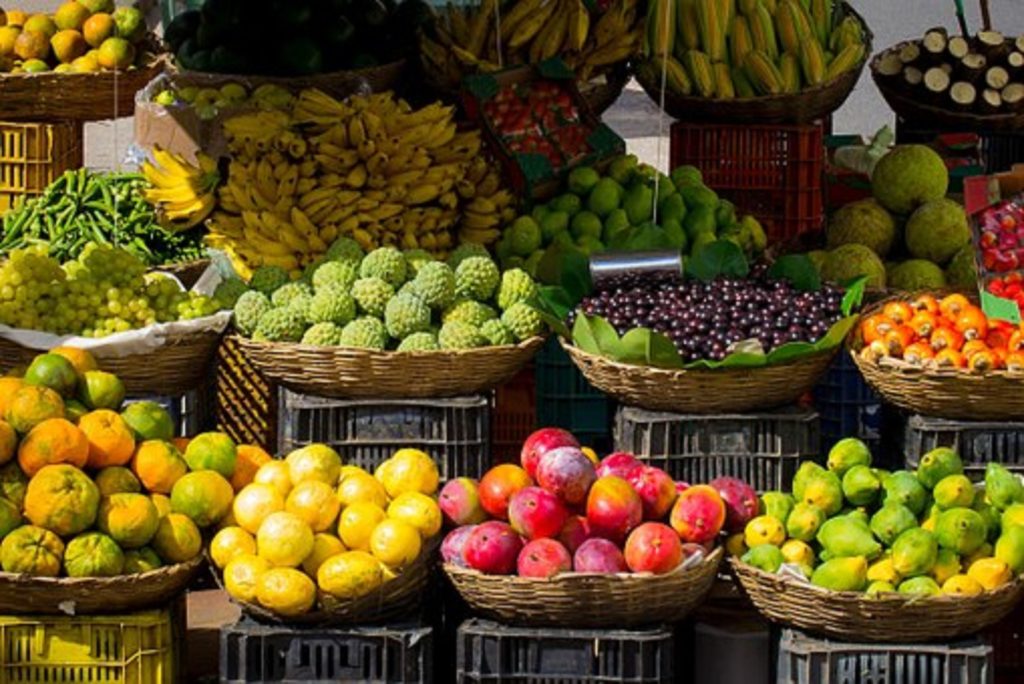Do you know the benefits of orange and yellow fruits and vegetables?
Majority of us already know that eating five servings of fruits and vegetables a day is very important. However, the color of the edible portion of these fruits and vegetables tells us the specific bioactive compounds that they contain. Orange and yellow fruits and vegetables contain key phytonutrients that support eye and vision health.
Phytonutrients are organic compounds found in plants that promote health. Each type of phytonutrient provides its own unique health benefits, such as, enhancing DNA health, supporting arterial function, anti-inflammatory and liver-health-promoting activities; and providing antioxidants that can help keep cells healthier.
The phytonutrients in orange and yellow fruits and vegetables are alpha-carotene, beta-carotene, hesperidin, beta-cryptoxanthin, lutein, zeaxanthin, and quercetin. In addition to supporting the health of your eyes, these valuable nutrients in orange and yellow fruits and veggies give your body big benefits, like helping to support healthy immune function and skin hydration. Carrots, corn, lemons, oranges, papaya, passion fruit and pineapple are some of the orange and yellow fruits and vegetables.
Fruits and vegetables are very important to our health because they are whole foods, created by nature, and are rich in a large amount of nutrients. The processed foods that we so commonly eat can never compare to the health benefits provided by fruits and vegetables, which have fiber, vitamins, and enzymes built right in.
Everyone has the same basic nutritional needs, unfortunately, most of us are making bad nutritional choices and much of our food is nutritionally dead. The effect of bad eating habits combined with soil that’s largely depleted of nutrients makes it difficult to get enough of the necessary nutrients from just food alone. This means just about everyone could benefit from foundational supplements to help fill gaps. Food is the best source of most nutrients, but a multivitamin can help provide what your diet doesn’t.
You should fill gaps if:
- Your diet doesn’t have 5–9 servings of fruits and vegetables every day.
- You get 5–9 servings, but don’t eat a wide variety to ensure full health benefits.
- You often don’t have time to make nutritionally complete meals.
- You often choose convenient, processed foods over healthier options.
If most of your dinner has been genetically modified, grown in nutrient-depleted soil, sprayed with pesticides, processed, packaged and trucked to your neighborhood, by the time it hits your plate, your meal is almost devoid of nutritional value. This results in our bodies being fed….. overfed sometimes, but actually left starving for proper nutrients. The good news is that we can get most of the vitamins and minerals our bodies need daily by choosing the right foods and eating a wide variety of them.
Do you know these veggies?♦
- What’s yellow and has ears, even though it’s a vegetable? Corn
- What’s green and has a head, even though it’s a vegetable? Lettuce (or cabbage)
- It’s long, skinny and green. Green beans
- A tall, green spear – hint, it’s hard to spell! Asparagus
- It’s long and orange, and grows underground. Carrot
- This egg-shaped veggie is usually purple on the outside. Eggplant
Found value? Feel free to share!!
To Your Success,
Althea
Althea A. McLeish Wilson, RN, MSN
Promoting inner health & outer beauty!
Helping you thrive, not just survive!!
PS. Inner Health & Outer Beauty Store: Health & Wellness with Althea♦
PPS. Did You Find This Helpful? If so, please feel free to share!! Leave a comment or contact me at althea@altheamcleish.com.
References:


